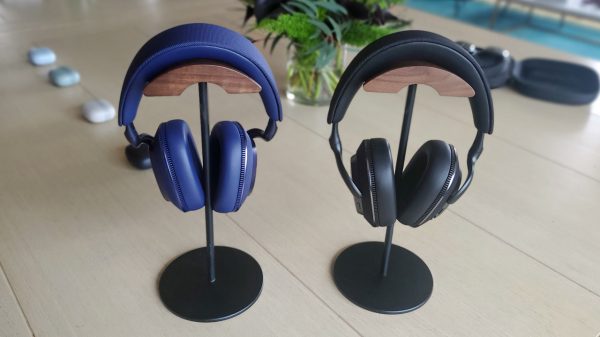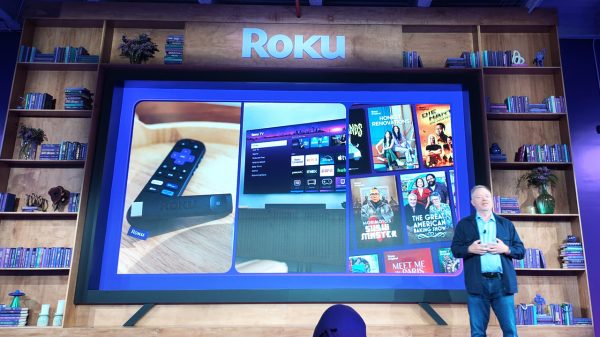TOKYO, Japan, May 27, 2005 — Hitachi, Ltd. (NYSE:HIT/TSE:6501) today announced plans to ramp up production capacity at the Miyazaki Works of Fujitsu Hitachi Plasma Display Limited (FHP) as part of measures to strengthen the plasma display (PDP) business. The new, augmented plans call for the investment of approximately 85.0 billion yen in a third plant at the Miyazaki Works. At the same time, a line using state-of-the-art technology will be built to raise plasma display panel production efficiency to a world-class level. Specific plans are for the third plant alone to be capable of producing 100,000 units per month by the second half of fiscal 2006, with monthly capacity to increase to 200,000 units by the end of fiscal 2008, the year ended March 31, 2009. Together with the monthly output of 100,000 units at the Miyazaki Works’ second plant, this will give FHP total monthly capacity of 200,000 units in the second half of fiscal 2006, and 300,000 units by the end of March 2009.
To strengthen the PDP business, Hitachi in spring this year purchased part of Fujitsu’s equity in FHP to make FHP a consolidated subsidiary, and also acquired PDP module patents at the same time. Looking ahead, Hitachi and FHP will implement a more unified business strategy with the goals of expanding the PDP business in Japan by pushing the Wooo brand to the fore, and expanding the plasma display business overseas under the HITACHI brand. Furthermore, FHP plans to increase the supply of panels using the ALIS1 method to Japanese and overseas manufacturers as well as raise the profile of both Hitachi and FHP in the market as a whole, extending from panels to TVs.
FHP first announced in March 2004 that it would construct a third plant at its Miyazaki Works. The plan at that time was to invest a total of 75.0 billion yen and start construction early in 2005 with the goal of starting the volume production of 50,000 units per month early in 2006, giving FHP the ability to supply a maximum of 150,000 units per month in fiscal 2007. However, to develop the PDP business further amid rapid change in the operating environment, including a sharp drop in PDP prices, FHP decided it was necessary to construct a more efficient production line that could preserve its competitiveness into the future. While keeping a close eye on innovation in production equipment, FHP reexamined the process for constructing the third plant, facilities and other matters and set the latter half of 2006 as the timeframe for the commencement of operations.
Now, the current forecast points to greater demand in the PDP market. Furthermore, Hitachi believes that demand for Hi-Vision panels with outstanding picture quality will increase further as digital broadcasting comes of age in 2006. The decision has, therefore, been made to augment the original plan by having the third plant produce 100,000 units per month from the outset of volume production and 200,000 units per month when operations are in full swing. As a result of the plans being upgraded, the total investment will be 85.0 billion yen.
Hitachi and FHP will work to implement a more unified business strategy moving forward. As a leading manufacturer of plasma TVs, Hitachi is determined to further increase its presence in the market by responding to the shift toward digital broadcasting around the world with TVs featuring larger screens and higher definition. For its part, as a specialist PDP manufacturer, FHP aims to be a driving force in the world market by supplying to a great number of leading manufacturers large, high-definition panels that match the needs of finished product manufacturers better than ever before.
Furthermore, based on a wide-ranging strategic partnership with Matsushita Electric Industrial Co., Ltd. announced in February 2005, Hitachi aims to expand the PDP market and achieve greater efficiency in its operations, as well as raise its global presence through actions like a tie-up with Paramount Pictures for promoting the blockbuster movie “War of the Worlds”. The overriding goal is to cement a leading position in the market.
Notes
1. ALIS (Alternate Lighting of Surfaces) is an innovative method that alternately displays odd and even lines at high speeds. This technology makes it possible to create high-resolution images using about the same number of electrodes as used with conventional VGA technology.























